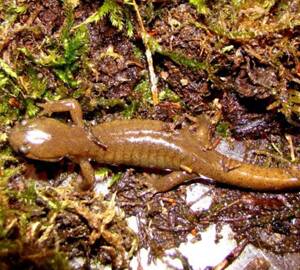
Hynobius leechii
Hynobius leechii,Northeastern China Salamander,Water snake, baby salamander, water snake, mullet
The Northeast Hypsilophis davidianus lives on land during the non-breeding s···
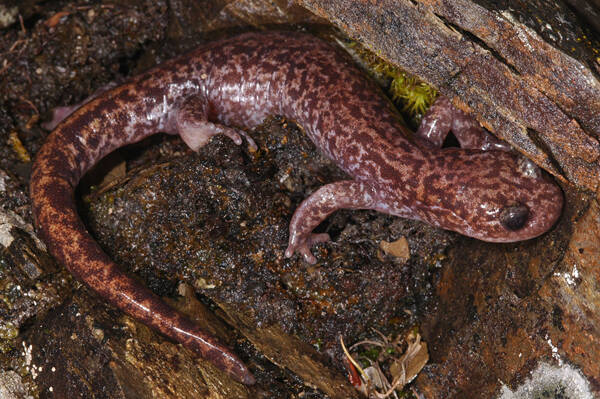
Hynobius nanhuensis
Hynobius nanhuensis
Nanhu Hypsilophis lives in high-altitude mountainous areas with harsh enviro···
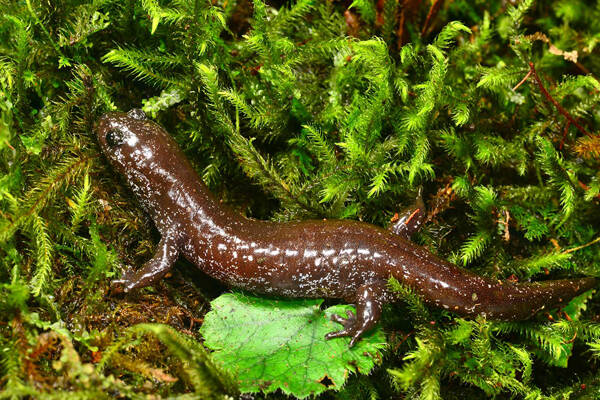
Hynobius fucusLai and Lue, 2008
Hynobius fucusLai and Lue, 2008
The Guanwu Small Salamander lives in mountainous areas at an altitude of 120···
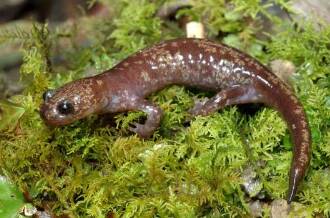
Hynobius formosanus
Hynobius formosanus,,Formosan Hynobiid、Taiwan SalamanderTaiwan Salamander
Taiwan's small salamander lives by mountain streams at an altitude of ab···
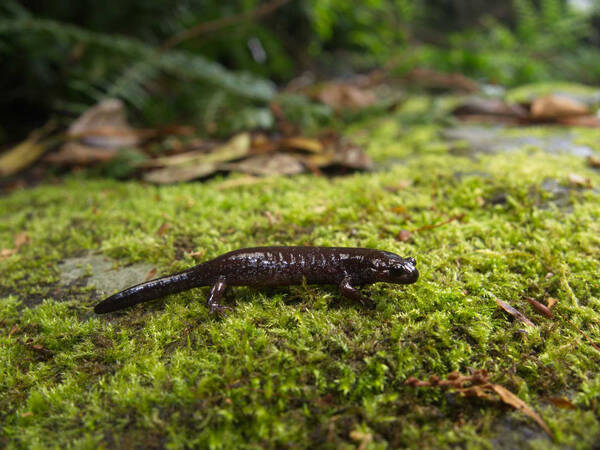
sonani arisanensis Maki,1922
sonani arisanensis Maki,1922,Taiwan small salamander, Alishan small salamander, earth dragon
Alishan Small Salamander is an animal of the genus Small Salamander of the f···
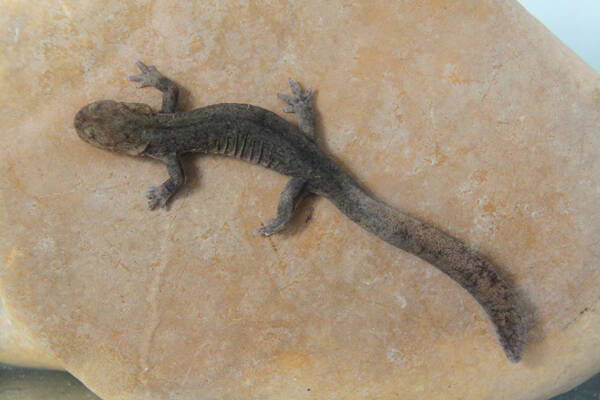
Batrachuperus yenyuanensis
Batrachuperus yenyuanensis,Qianghuo fish
The ecological environment of the Yanyuan Mountain Stream Salamander is gene···
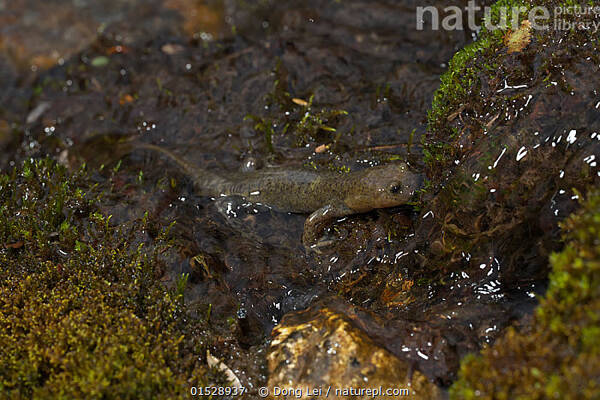
Batrachuperus tibetanus
Batrachuperus tibetanus,Giant salamander, Qianghuo fish, mountain pepper, fir fish
The Tibetan stream salamander is a tailed amphibian adapted to plateaus or c···
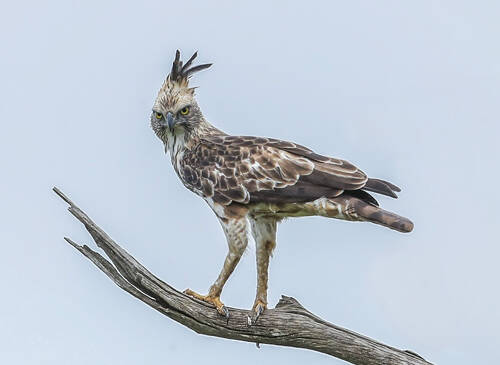
Nisaetus cirrhatus
Nisaetus cirrhatus,Changeable Hawk-eagle, Crested Hawk-Eagle
The Crested Hawk-Eagle is a large forest raptor with 5 subspecies.The Creste···
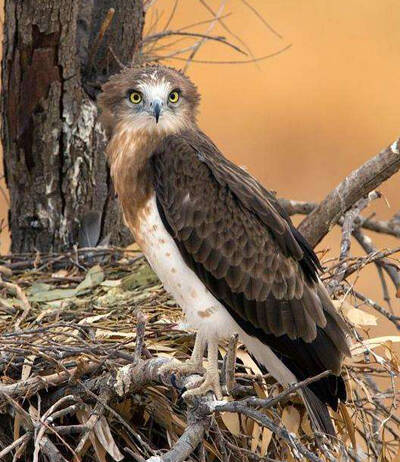
Circaetus gallicus
Circaetus gallicus,Short-toed Snake-Eagle,Accipiter ferox,Circaetus ferox,Circaetus gallicus ferox,Circaetus gallicus gallicus,Circaetus gallicus heptneri,Circaetus gallicus hypoleucos,Circaetus hypol
Short-toed Snake-Eagle, also known as Short-toed Snake-Eagle in English, is ···
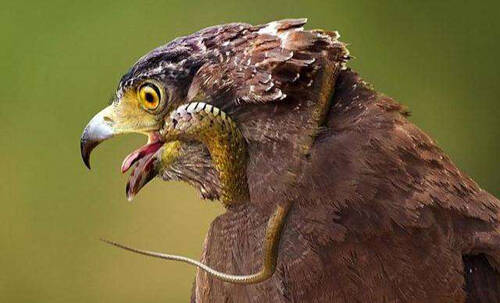
Spilornis cheela
Spilornis cheela,Crested Serpent-eagle,Crested Serpent Eagle,Great crested vulture, snake eagle, snake eagle, white-bellied snake eagle, crowned snake eagle, crested snake eagle
The Crested Serpent-eagle is a large or medium-sized eagle with 21 subspecie···
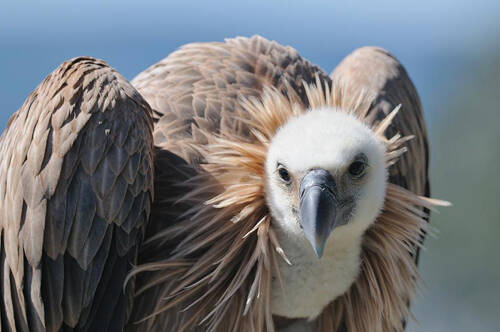
Adrian Toomes
Adrian Toomes,Cinereous Vulture,Griffon vulture, Griffon vulture, Griffon vulture, Mountain vulture, Eurasian black vulture
Vulture is a large bird of prey with no subspecies.Vultures are resident bir···
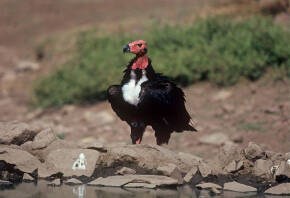
Sarcogyps calvus
Sarcogyps calvus,Red-headed Vulture,,Indian Black Vulture
The black vulture, also known as the Red-headed Vulture, is a large bird of ···
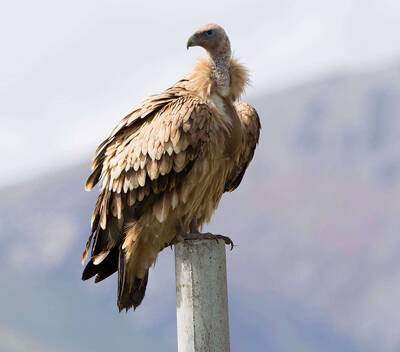
Gyps himalayensis
Gyps himalayensis,Himalayan Vulture,Yellow vulture
The Himalayan Vulture is a large bird of prey with no subspecies.The Himalay···
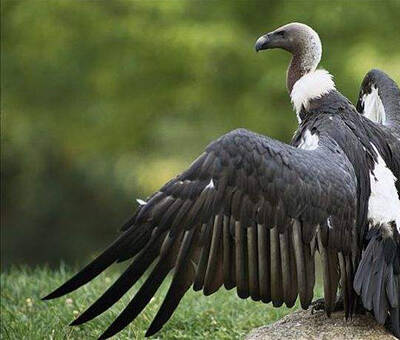
Gyps bengalensis
Gyps bengalensis,White-rumped Vulture,White-rumped vulture, white-rumped vulture
White-rumped vulture is a medium-sized vulture, which is only found in Asia ···
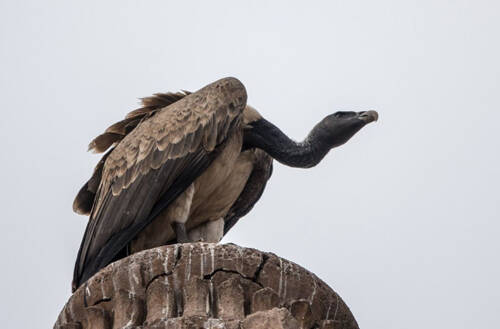
Gyps indicus
Gyps indicus,Long-billed vulture, Indian vulture, long-billed vulture, painted vulture,Indian Vulture, Indian Griffon, Long-billed Griffon, Long-billed Vulture, Painted Vulture
The Indian Vulture is the smallest species in the genus Vulture and has no s···
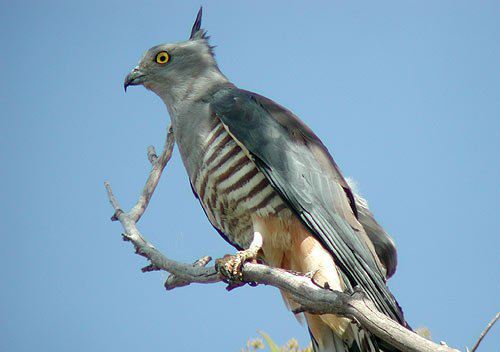
Aviceda leuphotes
Black Baza,Aviceda leuphotes
The Black-crowned Bazaar is a small to medium-sized bird of prey with four s···
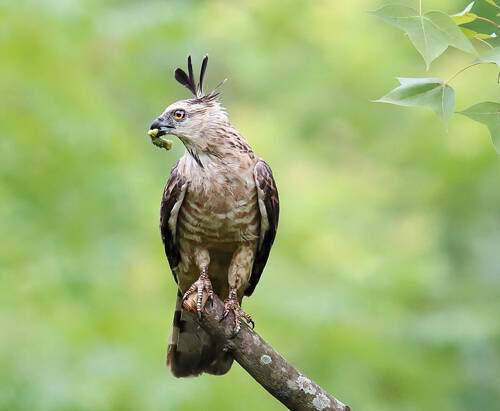
Aviceda jerdoni
Aviceda jerdoni,Jerdon's Baza,Crested Eagle
Jerdon's Baza, also known as the Brown-crowned Cuckoo Falcon, is a mediu···
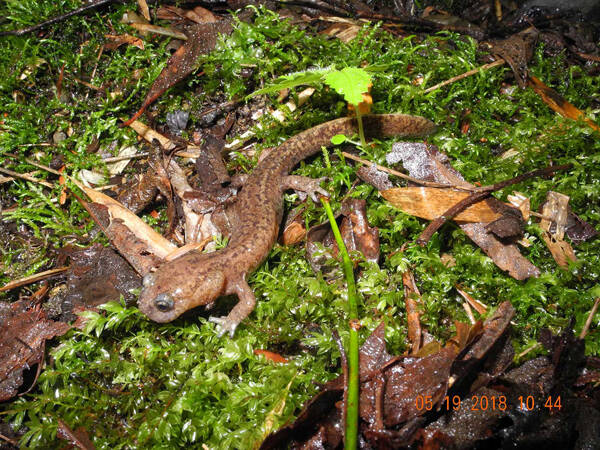
Batrachuperus pinchonii
Batrachuperus pinchonii,Qianghuo fish, fir fish, white dragon
The stream salamander is an amphibian of the genus Hynomaria, family Hynomar···
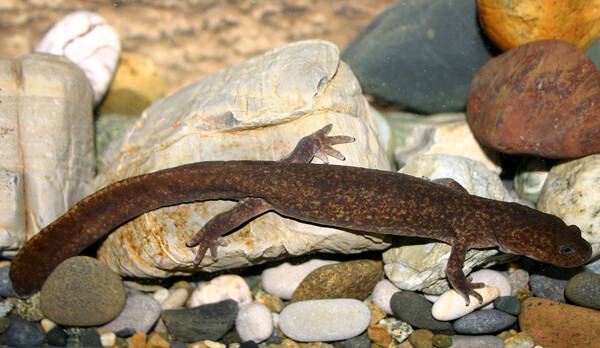
Batrachuperus londongensis
Batrachuperus londongensis,Small giant salamander
Longdong Stream Salamander is a tailed amphibian of the family Hynomidae and···
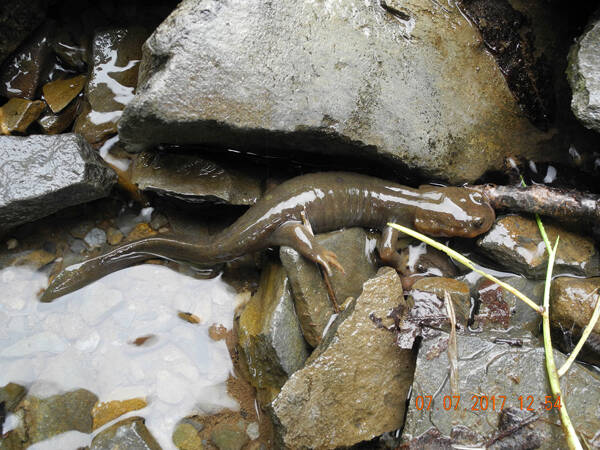
Batrachuperus londongensis
Batrachuperus londongensis,Qianghuo fish, fir fish, white dragon
The spotted stream salamander is a species of the genus Hynomialidae. This s···
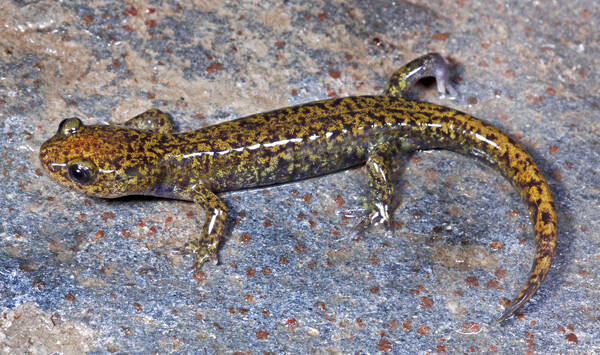
Batrachuperus cochranae
Batrachuperus cochranae,Qianghuo fish, fir fish, white dragon
The weak-lipped stream salamander is a tailed amphibian of the family Hynomi···
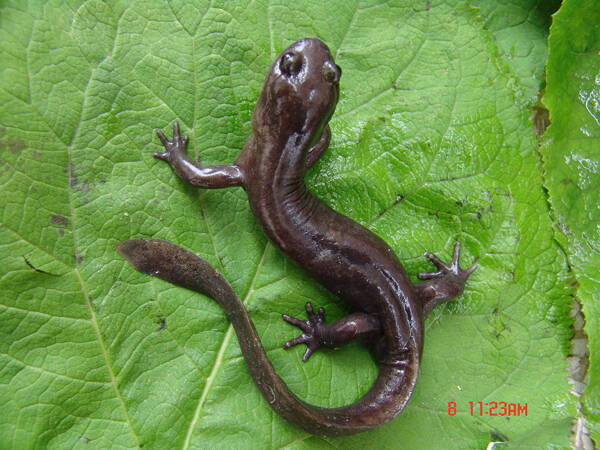
Pseudohynobius shuichengensis
Pseudohynobius shuichengensis
The Shuicheng Salamander is a tailed amphibian of the family Salamanderidae ···
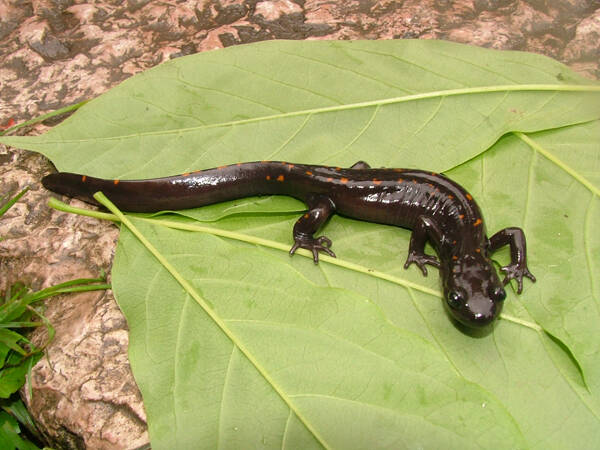
Pseudohynobius kuankuoshuiensis
Pseudohynobius kuankuoshuiensis
The broadwater salamander is a tailed amphibian of the family Hynobiidae and···
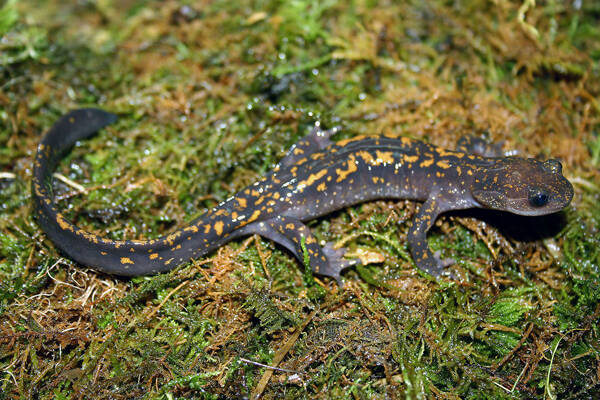
Pseudohynobius jinfo
Pseudohynobius jinfo
The Golden Buddha's Pseudohylid Salamander lives in high mountainous are···
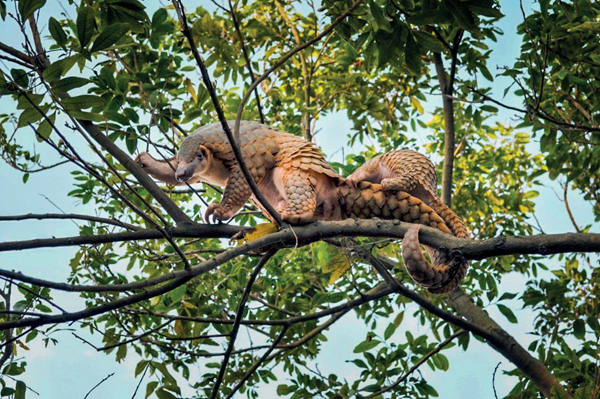
Manis javanica
Manis javanica, pangolin, dace carp
Malayan pangolins are nocturnal animals that rest during the day curled up i···
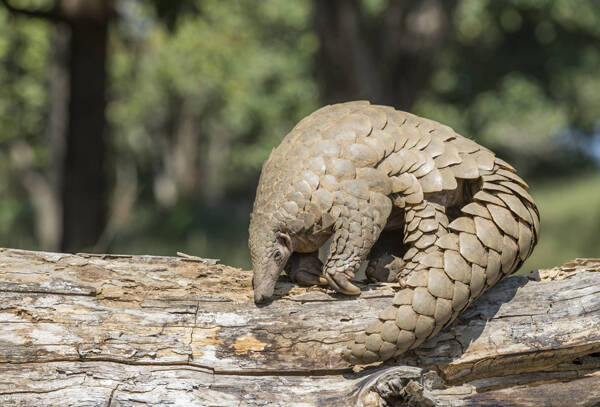
Manis crassicaudata
Manis crassicaudata,Thick-tailed pangolin, scaly anteater
Although it is a ground-dwelling animal, it is good at climbing using its pr···
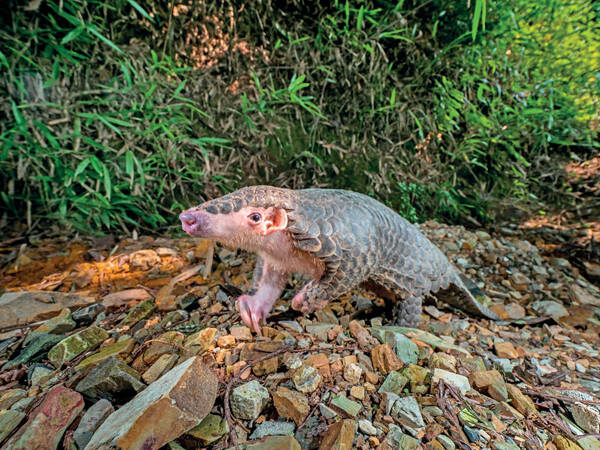
Manis pentadactyla
Manis pentadactyla,Pangolin, anteater
The Chinese pangolin is a specialized species with basically degenerated vis···
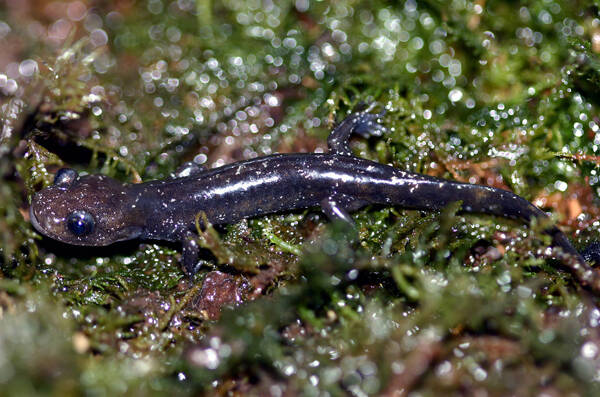
Pseudohynobius guizhouensis
Pseudohynobius guizhouensis
Juveniles live in the backwater of a stream, which is about 2.0m wide. There···
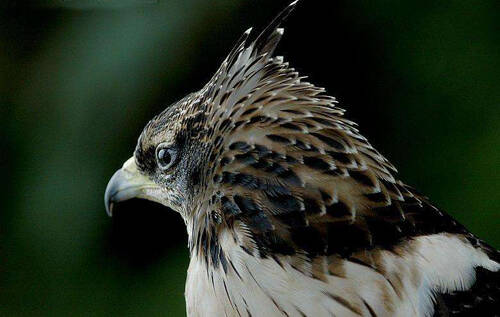
Pernis ptilorhynchus
Pernis ptilorhynchus,Oriental Honey-buzzard,Octagonal eagle, eagle-headed eagle, honey eagle, oriental honey eagle
Oriental Honey-buzzard is a medium-sized bird of prey with 6 subspecies.Some···
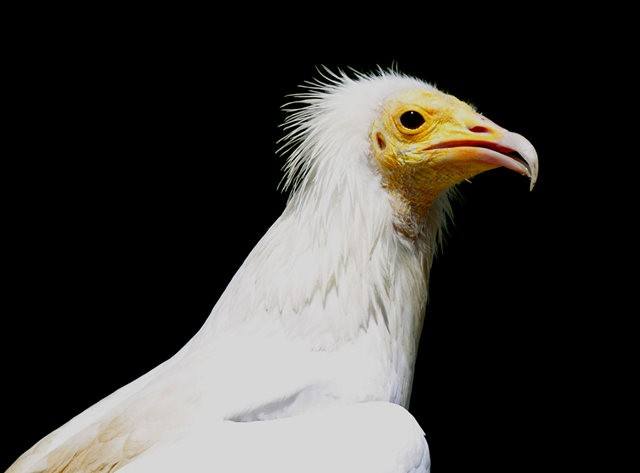
Neophron percnopterus
Neophron percnopterus,Egyptian vulture,Egyptian vulture, Pharaoh's chicken, Egyptian vulture, scavenger vulture
The Egyptian vulture is very large and has three subspecies.The white vultur···
